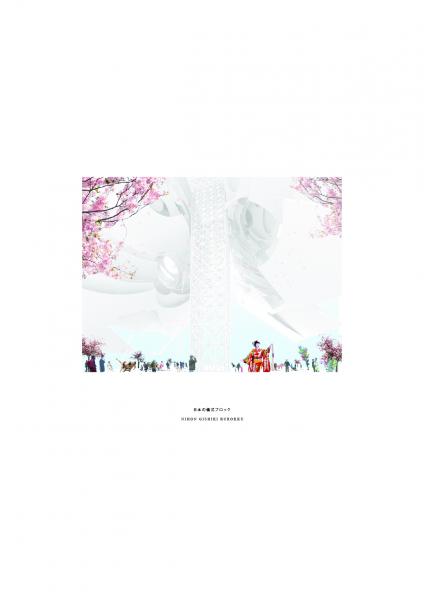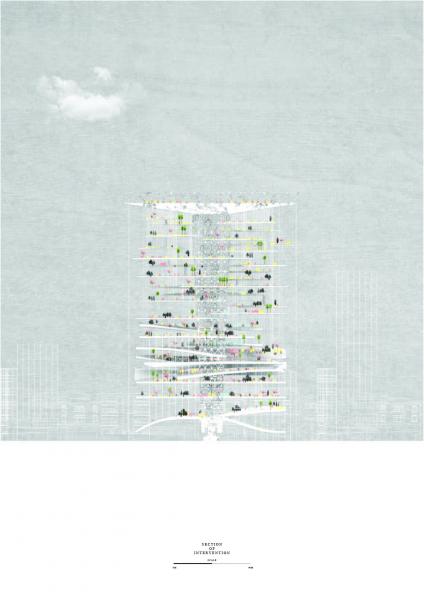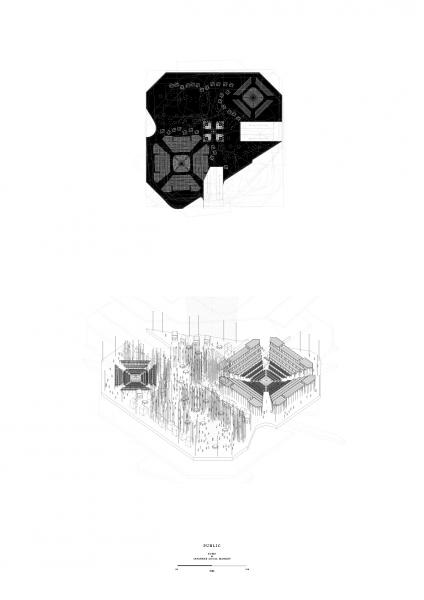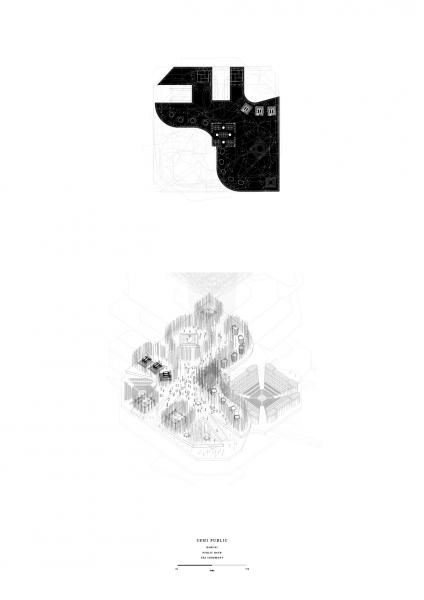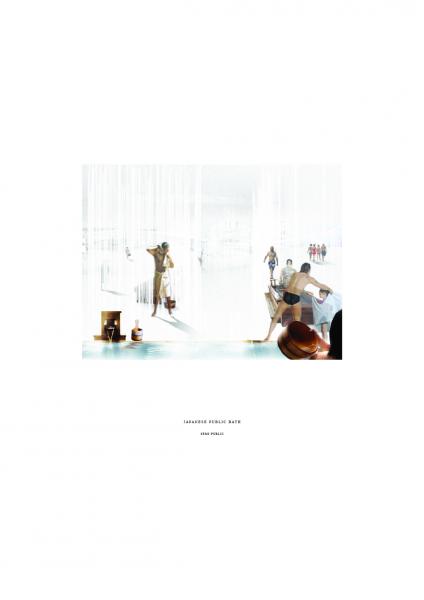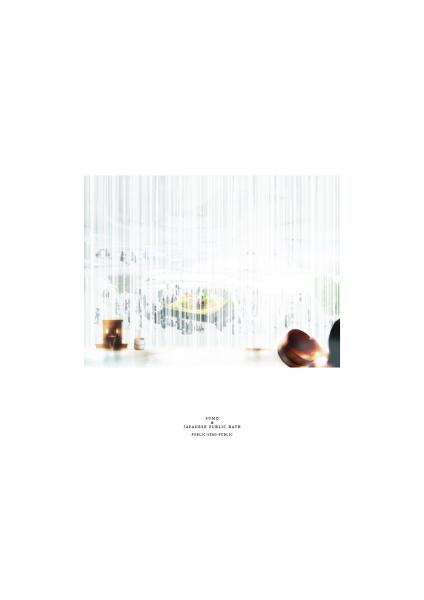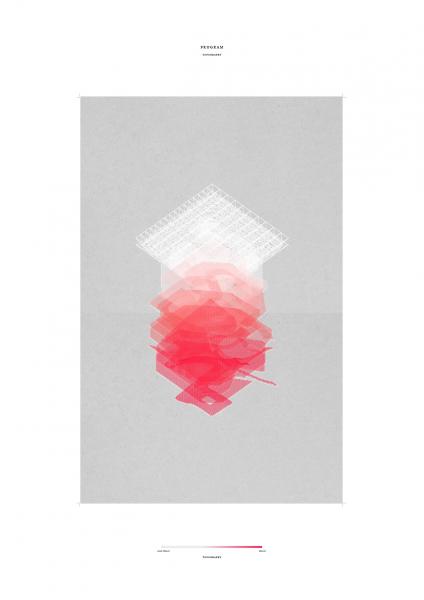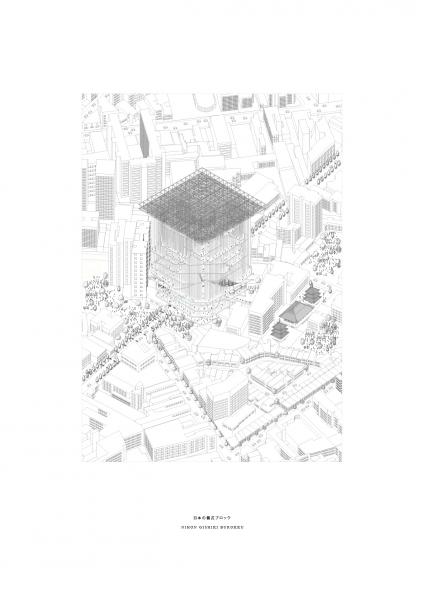Liberdade, also known as, the Japanese Town in Sao Paulo, consists of high population of Asian communities and depicting its social aspects to the city. However, Liberdade itself hardly portrayed the ideal city of Japan, yet called the Japanese Town. Japanese cultural and rituals of everyday life are erased by a city space led by Neolibral forces that dominated the urban development of the city. Liberdade indeed attempts to show the atmospheres of Japanese culture to the city by inserting Iconographic architecture, to project its social identity. Ironically, the exaggeration of its culture by fake visual images is not bringing a place for the community in the city, but emphasizing its social-spatial fragmentation within.
Representation of physicality of its space can indeed generate the atmosphere of each culture, but more importantly, exposing and unveiling the private cultural and ritual aspects/activities of its country can become a powerful tool to represent its social identity, without changing the original spatial configurations.

